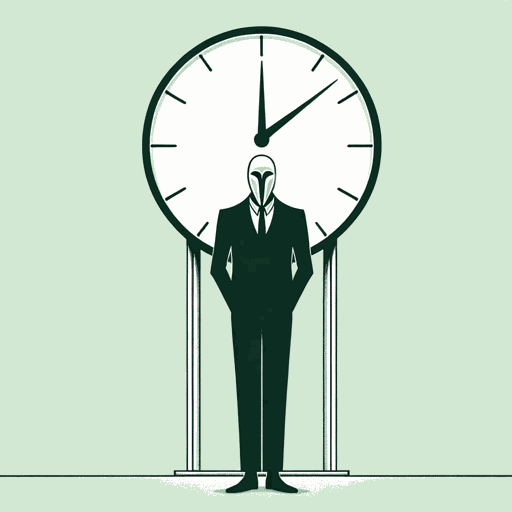29 pages • 58 minutes read
Harlan Ellison"Repent, Harlequin!" Said the Ticktockman
Fiction | Short Story | Adult | Published in 1965A modern alternative to SparkNotes and CliffsNotes, SuperSummary offers high-quality Study Guides with detailed chapter summaries and analysis of major themes, characters, and more.
Story Analysis
Analysis: “‘Repent, Harlequin!’ Said the Ticktockman”
The beginning of “‘Repent, Harlequin!’ Said the Ticktockman” establishes an essential conflict between a heartless government and an individual who acts in accordance with their conscience by quoting extensively from Henry David Thoreau’s essay “Civil Disobedience.” What follows, however, is not an earnest discussion of human rights but a darkly funny parable both laughing at and warning about The Inhumanity of Authority.
Ellison develops this theme in a futuristic society with two archetypal characters: the protagonist, the Harlequin, and the antagonist, the Ticktockman. The Ticktockman is introduced first, which builds suspense and urgency; the world under the Ticktockman’s control is lifeless, authoritarian, and frightening. However, the story breaks with previous genre conventions that present robots either as uncontrollable machines bent on killing their masters or paragons of rationality that will save humanity. Here, the Ticktockman represents a kind of arbitrary orderliness that provides the safety of predictability for the society. Ellison never clarifies whether the Ticktockman is, in fact, a robot, but his robotic nature emphasizes that the society seeks to bring humans as close to robots as possible. Most of the other characters are flat, demonstrating the society’s success in deadening the human spirit.
Related Titles
By Harlan Ellison



